|
Special Feature*
Feel More Secure — Get That Survival Kit Ready, Just In Case
A natural disaster could strike at any time, and today more families in Japan are preparing for that possibility by having survival supplies close at hand. The Japanese have learned a lot from past disasters and have some good survival kit ideas, as these pages show.
Written by Sanada Kuniko, Photos by Kono Toshihiko
Collaboration: Sojitsu Safety Engineering Co., Ltd.


Survival supplies in a knapsack
This grab-and-run, flame-resistant polyester knapsack contains many of the items you would need for basic survival. The photo shows 27 of them: bag for carrying drinking water, canned dried biscuits, canned bread, mineral water, flashlight, batteries, candles, matches, no-slip gloves, cotton towel, plastic bags, tissue papers, can opener, band aids, cotton gauzes, triangular bandage, bandages, cotton swabs, scissors, small forceps, tweezers, small plastic tarpaulin, rope, anti-dust mask, a whistle to call for help, a light with tiny built-in electric generator (just shake), and solid fuel.
|
|
|
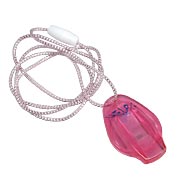 |
 Emergency whistle At 3 kHz, the sound from this whistle is easily picked up by the human ear. It could save your life if you are trapped out of sight after an earthquake.
|
 Compressed underwear The T-shirt and briefs have been compressed to a small 110 × 70 × 26 mm. Peel them open and they are ready to wear.
|
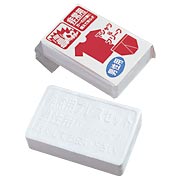 |
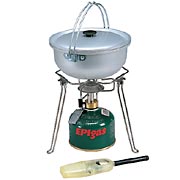 |
 5-item stove kit This kit includes a pot for boiling about 1 liter of water and cooking your own food at an evacuation center.
|
 Shampoo for a water-free hair wash If water is scarce after a disaster, there will not be enough to wash your hair. No problem. Just sprinkle this shampoo onto your hair, massage it in, then remove it and the grime with a towel or absorbent paper.
|
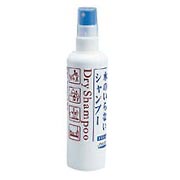 |
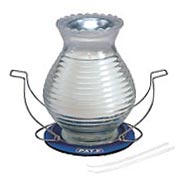 |
 100-hour candle If a disaster strikes at night you will need a candle. Burns for 100 hours, enough for 10 days at 10 hours per day.
|
 Hand generator flashlight The squeeze-and-release grip under the flashlight lets you generate enough electricity to power the LED bulb. The bulb is long lasting, and the battery-free mechanism is eco-friendly. One minute of squeezing and releasing gives you about eight minutes of light.
|
 |
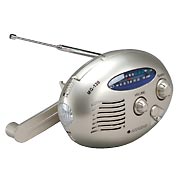 |
 Hand-powered radio/light/siren/cell phone charger This palm-size device has a radio (suitable for Japan only), LED light, siren and cell phone charger. You charge the built-in battery by rotating the handle by hand. No extra batteries needed. Rotate the handle 120 times — about one minute — and you can power the radio for one hour, the light for 30 minutes, the siren for five minutes, or the cell phone for three minutes.
(Times are approximate. Nipponia thanks Taichi Company Ltd. for its collaboration.)
|
 Container for 3-year storage of drinking water A non-woven fabric stuck to the inside of the container acts as an optical semiconductor to keep tap water safe to drink for 3 years. The container (brand name, Medetank) should be stored in a bright place, because its photocatalytic effect uses light to kill germs in the water. Holds 20 liters.
photo of circle: One of these tiny capsules made of optical semiconductor non-woven fabric (sold separately) keeps 5 liters of water potable, in any kind of container.
|
 |
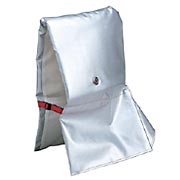 |
 Protective hood This hood protects the head and neck from heat, falling objects and flying broken glass.
The fabric contains aluminum. Quite a few elementary schools require that each student keep one ready at school.
|
 Freeze dried vegetables These vegetables were frozen, then dried. To make them taste fresh, just soak in hot water. Shelf life: 3 years.
|
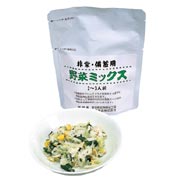 |
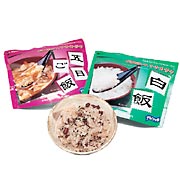 |
 Pre-cooked dried rice This pre-cooked rice was dried using a special method, then packaged. Before eating, just soak it in water for 60 to 70 minutes, or in hot water for 20 to 30 minutes. Shelf life: 5 years.
|
|











